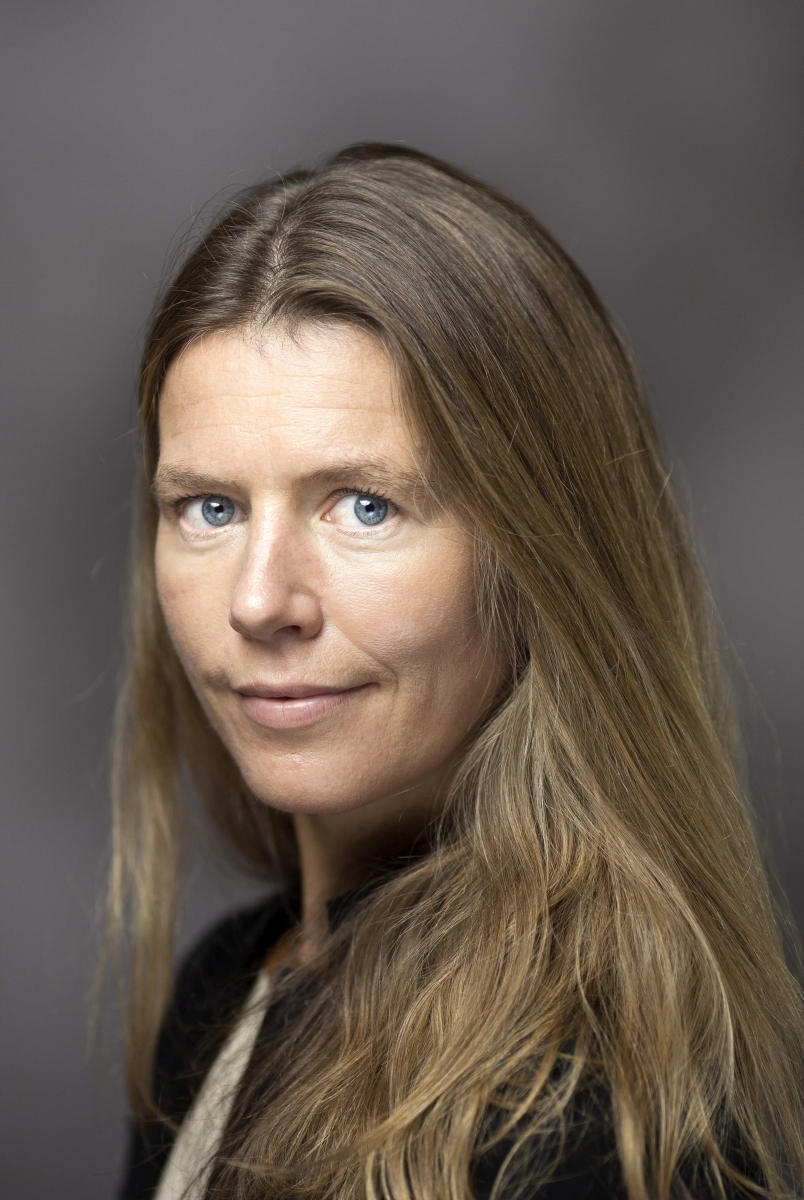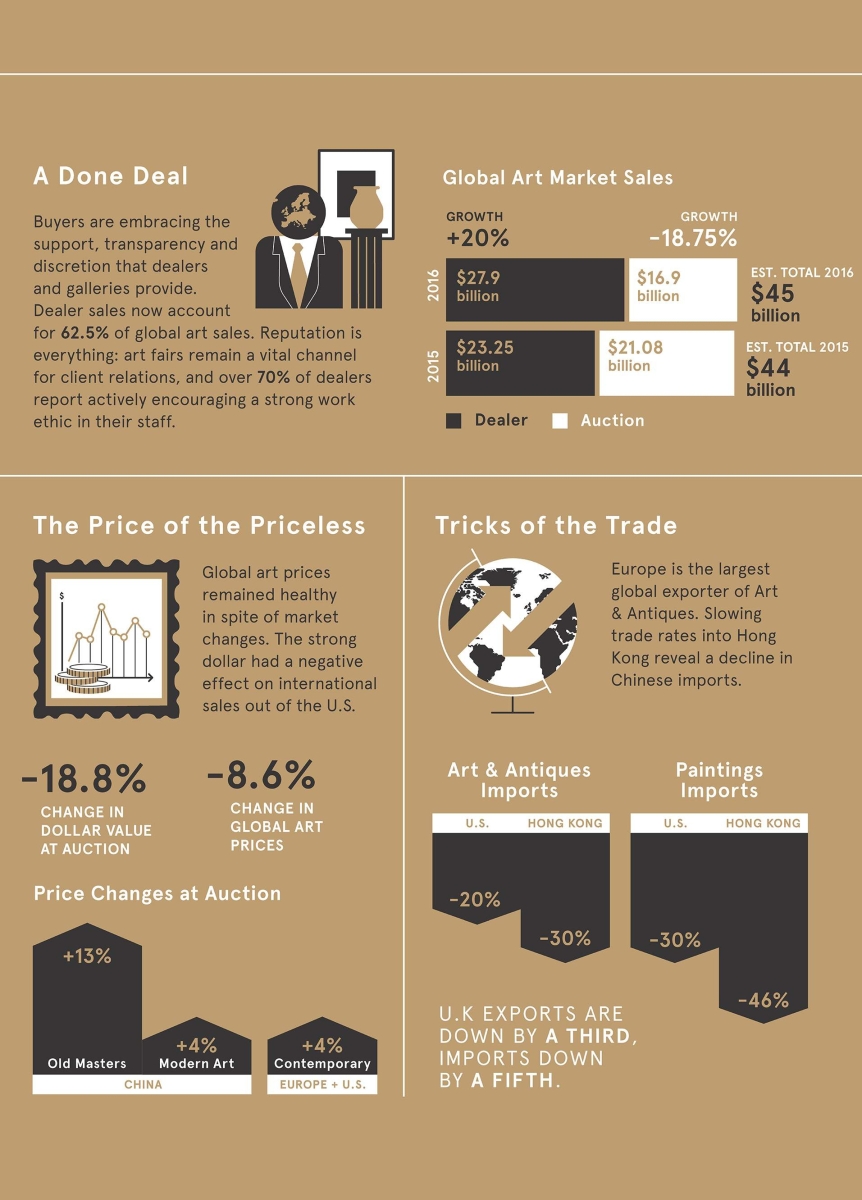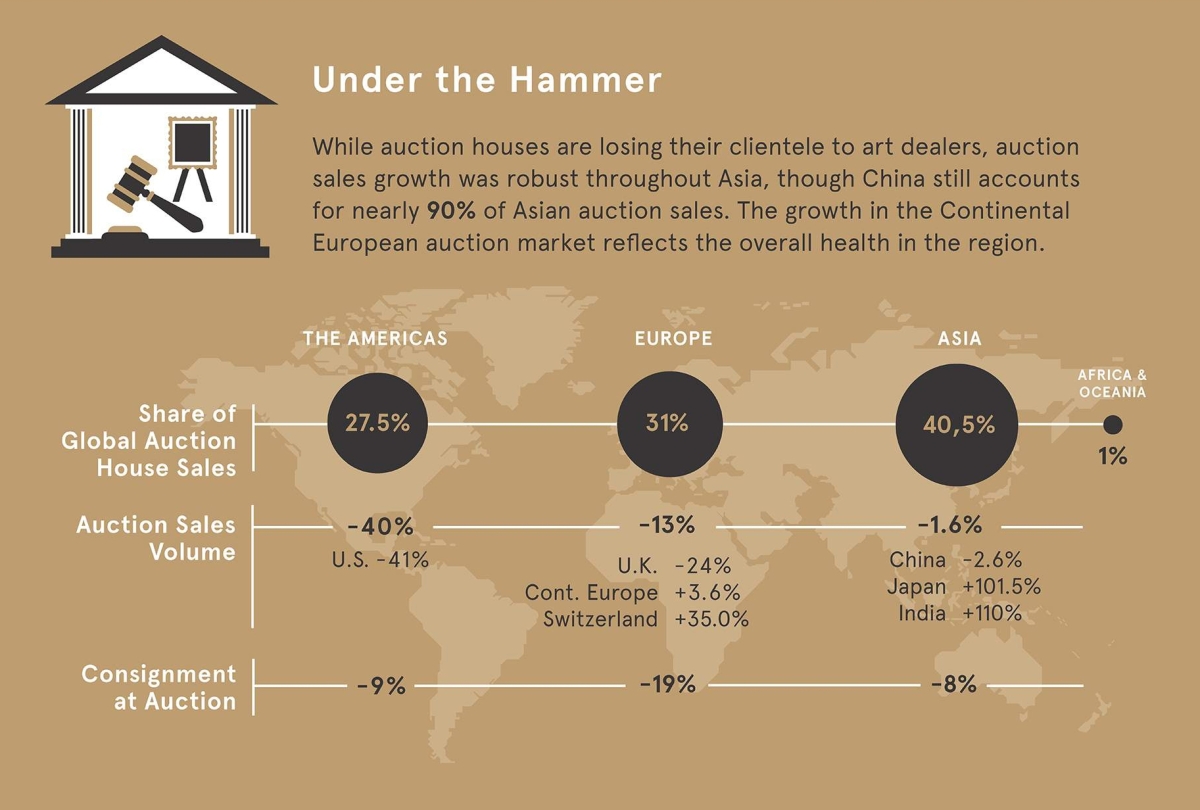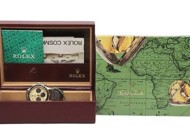MAASTRICHT, THE NETHERLANDS – The overall picture of the art market in 2016 is of a sturdy, resilient market that is thriving despite global economic and political uncertainty, according to the TEFAF Art Market Report 2017. This year for the first time, the report has been prepared by Professor Rachel A. J. Pownall, who holds the TEFAF chair in art markets at the School of Business Economics at Maastricht University.

Rachel A.J. Pownall, who holds the TEFAF chair in art markets at the School of Business Economics at Maastricht University, will present the Art Market Report 2017 at TEFAF Maastricht during the TEFAF Symposium on March 10.
Pownall also holds the Van Gogh chair on art finance and museum management at TIAS School for Business and Society. The report is written in partnership with the Maastricht Centre of Arts and Culture, Conservation and Heritage (MACCH) at Maastricht University and is the only report to be able to use the aggregated Artnet auction data.
Pownall will present the report at TEFAF Maastricht during the TEFAF Symposium on Friday, March 10. TEFAF Maastricht, the fine art and antiques fair, takes place March 10-19 at the Maastricht Exhibition and Congress Centre (MECC).
In terms of headline figures, sales in the global art market reached $45 billion in 2016, up nearly 1.7 percent compared to 2015. The report adopts a focused and specific definition of art dealers and art galleries, representative of the industry at hand. The outcome of this is that overall industry estimates appear smaller than in previous reports but are considered to be more representative of the art and antiques market globally.
Europe remained the most significant continent, with sales exceeding $20.5 billion, followed by the Americas ($14.5 billion) and Asia (almost $10 billion). In specific markets, the United States totaled 29.5 percent of all sales, followed by the United Kingdom at 24 percent and China at 18 percent.
The greatest change in 2016 was a dramatic drop in the value of global auction sales ($16.9 billion), down 18.8 percent on the 2015 figure ($20.8 billion). This was mirrored by the total volume (number of items) sold at auction, which likewise decreased by 21.5 percent.
The most significant change occurred in the United States, where the value of sales at auction dropped by 41 percent (far exceeding the 9 percent drop in consignments). There was also a 13 percent drop in the value of auction sales in Europe (from $6 billion in 2015 to $5.22 billion in 2016). By contrast, the auction market in Asia remained stable. Asia now has the largest share of the global auction market at 40.5 percent, dominated by China.
The reason for this significant change was a move to private sales. It is noteworthy that dealer revenues in the same period increased by 20-25 percent. Private sales now account for about 70 percent of all sales worldwide.
The nature of the dealer market provides collectors, particularly of high value works, with both privacy and anonymity. Collectors have become more inclined to secure deals away from auction publicity. This has been recognized by the auction houses, which have been facilitating a greater number of private sales.
This change has not just meant a shift in the way that auction houses do business, it has also benefited independent dealers. Private sales through dealers and galleries have been strong in 2016, with retail sales values up 24 percent over the year. Europe (which is home to 54 percent of the worldwide dealer community) is 20 percent larger than last year.
It is also of note that dealers have been changing the way they do business. The internet (including social media) has gained increased prominence, impacting both the way in which dealers market their expertise and, also, the way in which buyers (their clients) access information. This has been predominantly true of the lower end of the market, with more than 75 percent of sales achieved via a website being below $5,000.

Sales data has also indicated some possible shifts in taste. Collectors appear to have lost their appetite for some traditional blue-chip artists. Works by Andy Warhol, Pablo Picasso, Amedeo Modigliani, Francis Bacon and Cy Twombly, for example, all saw a dramatic drop in their performance at auction. This will have impacted the overall auction house results.
The Asian market has been stable as a whole, but volatile in terms of specific markets. There was no dramatic shift away from auctions, but the antiques market contracted by 23.3 percent, while the market for paintings grew by 36 percent. Auction sales in Japan grew by 101.5 percent and in India by 110 percent.
Reflecting the changes noted above, market research has indicated that dealers are optimistic about the future, with 76.1 percent believing that their customer base will grow and 67 percent stating that online sales platforms, both their own websites and third-party sites, are of growing importance and will have a greater impact on their profitability in the future. Furthermore, dealers believe that fairs (both local and international) remain the most effective arenas to acquire new and prospective customers.
The TEFAF symposium takes place from 9 am to 12:15 pm at TEFAF Maastricht in the MECC Auditorium. Following the presentation of the key findings in the 2017 TEFAF Art Market Report there will be a panel discussion about the importance of context in determining the artistic, historical and financial value of a work of art. The panelists for 2017 are Professor Pownall; Jacob Pabst, CEO of Artnet; Penelope Curtis, curator of “La Grande Horizontale,” TEFAF Curated 2017, and director of the Museu Calouste Gulbenkian; and Dr Xavier Bray, director of the Wallace Collection. The discussion will be moderated by Dr Thomas Marks, editor of Apollo magazine.
For further information, www.tefaf.com or +31 411 64 50 90.





